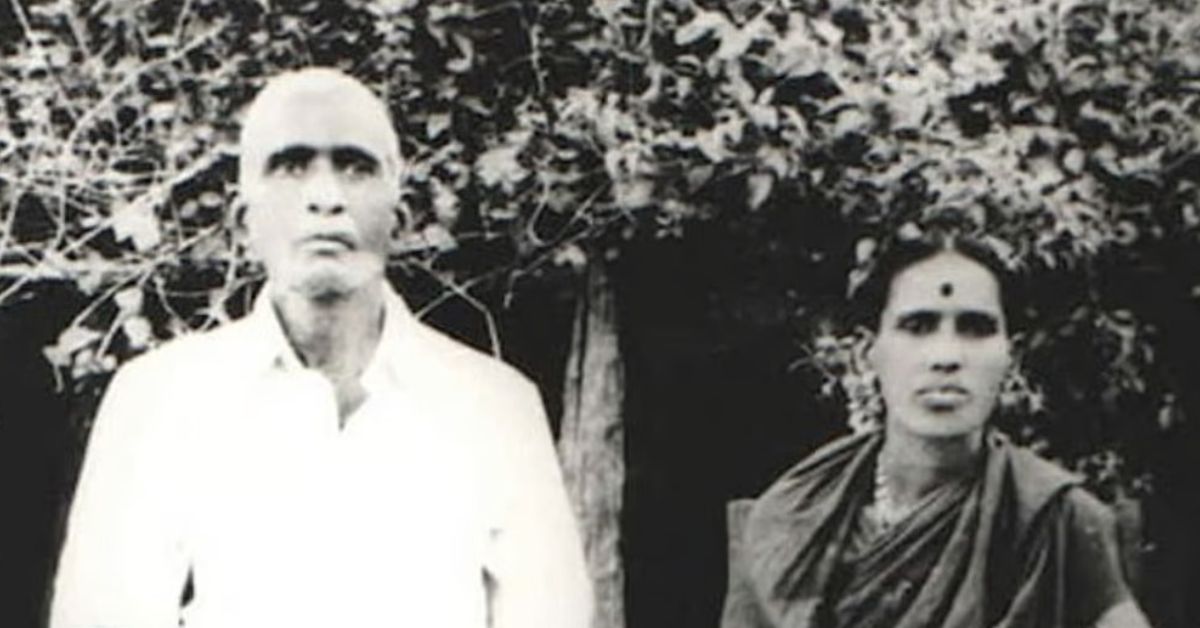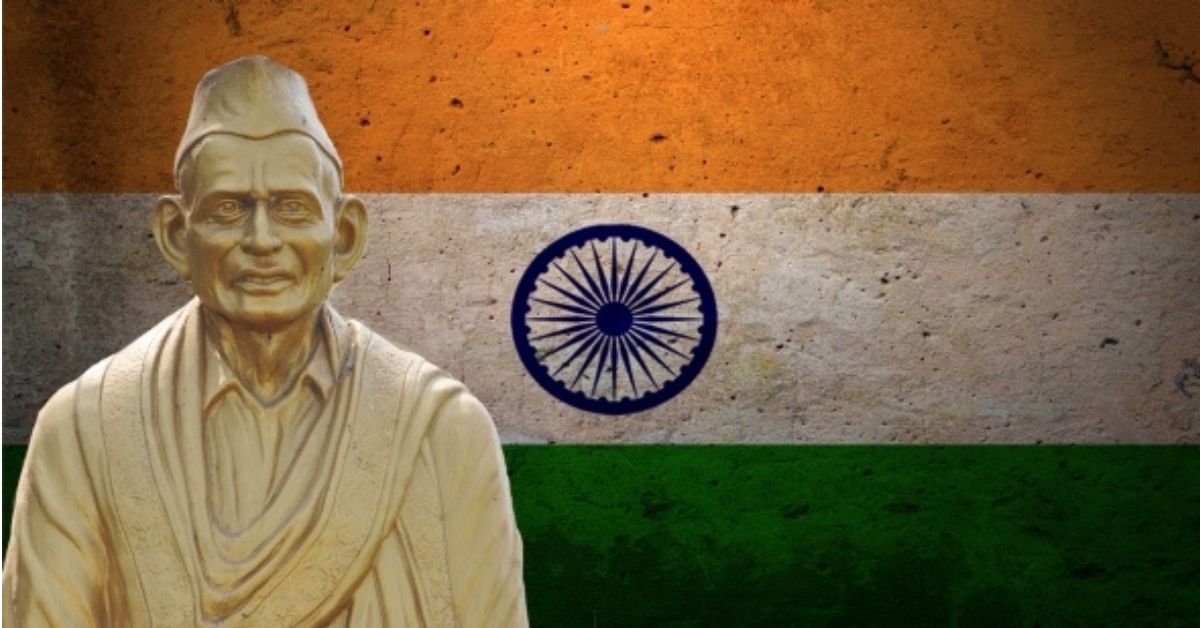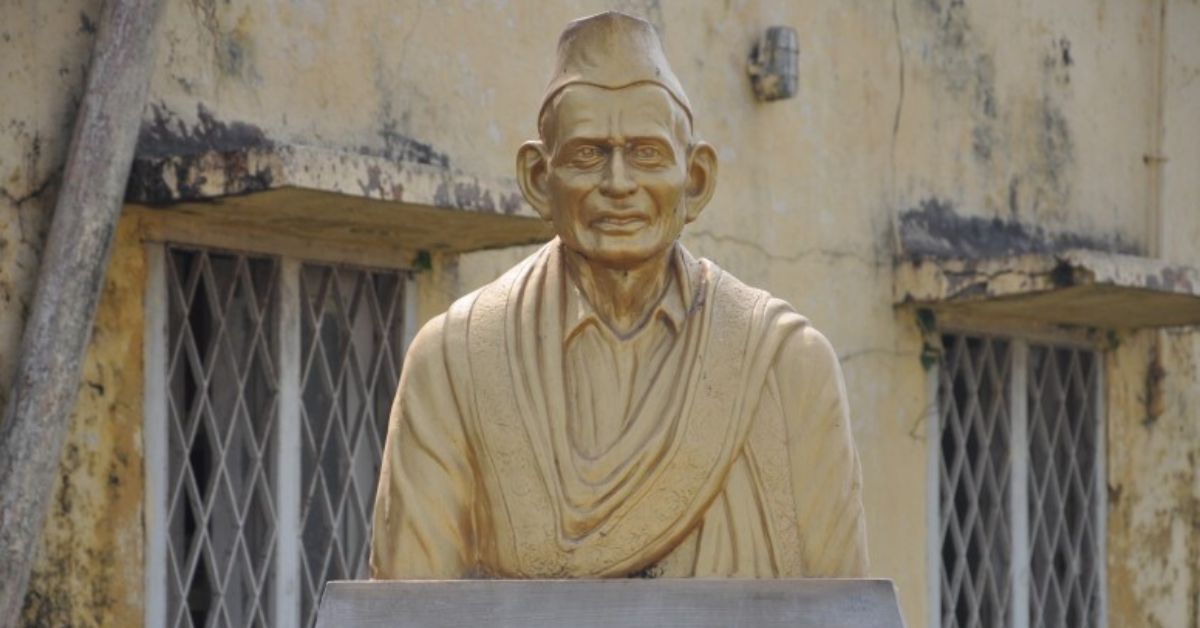The Forgotten Story of the Man Who Designed India’s Flag
Every year on Independence Day, we proudly watch the tricolor rise— fluttering in the wind, full of meaning, hope, and unity. It’s more than just a piece of cloth; it’s the soul of our nation stitched together in saffron, white, and green.
But have you ever wondered who designed this iconic symbol of India’s identity?
Meet Pingali Venkayya— a freedom fighter, a visionary, and the brilliant mind behind our national flag. His story isn’t found in every textbook, but it absolutely deserves to be known!
Born in a small village, with big dreams
Pingali was born on 2 August 1879 in the serene village of Pedakallipalli in Andhra Pradesh’s Krishna district. His early life was marked by curiosity and a quest for knowledge that led him to study at Cambridge University.
As a young man, Pingali served in the Boer War in South Africa. There, he met Mahatma Gandhi, a meeting that would shape his thinking forever. Gandhi spoke of freedom and identity, and Pingali saw the power of symbols in a freedom movement. That’s when an idea started to take root.
One moment stuck with him: at a Congress session, he saw the British Union Jack being hoisted. That sight hurt him deeply. Why were Indians saluting a colonial flag?
So he made it his mission: India needed its own flag.
The spark of an idea: A village, 30 flags, and one mission
In 1906, Pingali proposed the idea of designing a national flag during an All India Congress Committee session.
 Pingali Venkayya (L) wrote a book titled ‘A National Flag for India‘.
Pingali Venkayya (L) wrote a book titled ‘A National Flag for India‘.
From 1916 to 1921, he retreated to his village and studied the flags of 30 different nations. This wasn’t just academic curiosity. He wanted to understand what gave these flags meaning, how they inspired movements, and what visual language could best represent India’s cultural and historical essence.
The result? A book titled A National Flag for India. In it, he laid out multiple designs — each deeply rooted in India’s ethos, history, and diversity.
Turning vision into voice
Armed with his insights, Pingali persisted in proposing an Indian flag at every Indian National Congress gathering he attended. In April 1921, his moment arrived. Mahatma Gandhi, impressed by Pingali’s unwavering dedication, listened intently. He even acknowledged Pingali’s dedication to the cause in his essay, ‘Young India’. Gandhi requested a flag that could unify India’s diverse communities.
 On 22 July 1947, a modified version of Pingali’s design became India’s national flag!
On 22 July 1947, a modified version of Pingali’s design became India’s national flag!
He introduced a tricolour flag to Mahatma Gandhi. Pingali’s tricolour design symbolised purity (white), sacrifice (red), and hope (green). Centrally, a Charkha (spinning wheel) was placed, illustrating India’s unity amidst diversity. However, it wasn’t immediately adopted as the national flag.
The journey of Pingali’s flag design mirrored India’s path to independence. By 1931, the Congress Party adopted a flag resembling Pingali’s with horizontal stripes of saffron, white, and green.
The flag triumphed, its creator vanished
Pingali’s vision came to life in 1947, post-independence, when a committee helmed by Rajendra Prasad finalised the flag’s design. They retained Pingali’s design but replaced the Charkha with the Dharma Chakra symbolising law, righteousness, and progress.
On 22 July 1947, a modified version of Pingali’s design became India’s national flag!
But what happened next? A dream realised. The dreamer? Forgotten.
 Pingali’s vision came to life in 1947, post-independence, when a committee helmed by Rajendra Prasad finalised the flag’s design.
Pingali’s vision came to life in 1947, post-independence, when a committee helmed by Rajendra Prasad finalised the flag’s design.
Despite his monumental contribution, Pingali’s life was shrouded in poverty and obscurity. Striking a poignant irony, the man who united a nation under one flag died unrecognised in his village. It wasn’t until 2009, decades later, that a commemorative postage stamp was issued in his honour. A statue in Hyderabad followed.
The flag he designed flutters proudly on the 15th of August each year. It is a silent homage to Pingali and countless unsung sacrifices. The next time we hoist the tricolour, let us remember it not just as a symbol, but the spirit of unity that it encapsulates — a spirit that champions the truth that triumphs, the diversity it encompasses, and the hope it instils for the future.
Edited by Saumya Singh
News